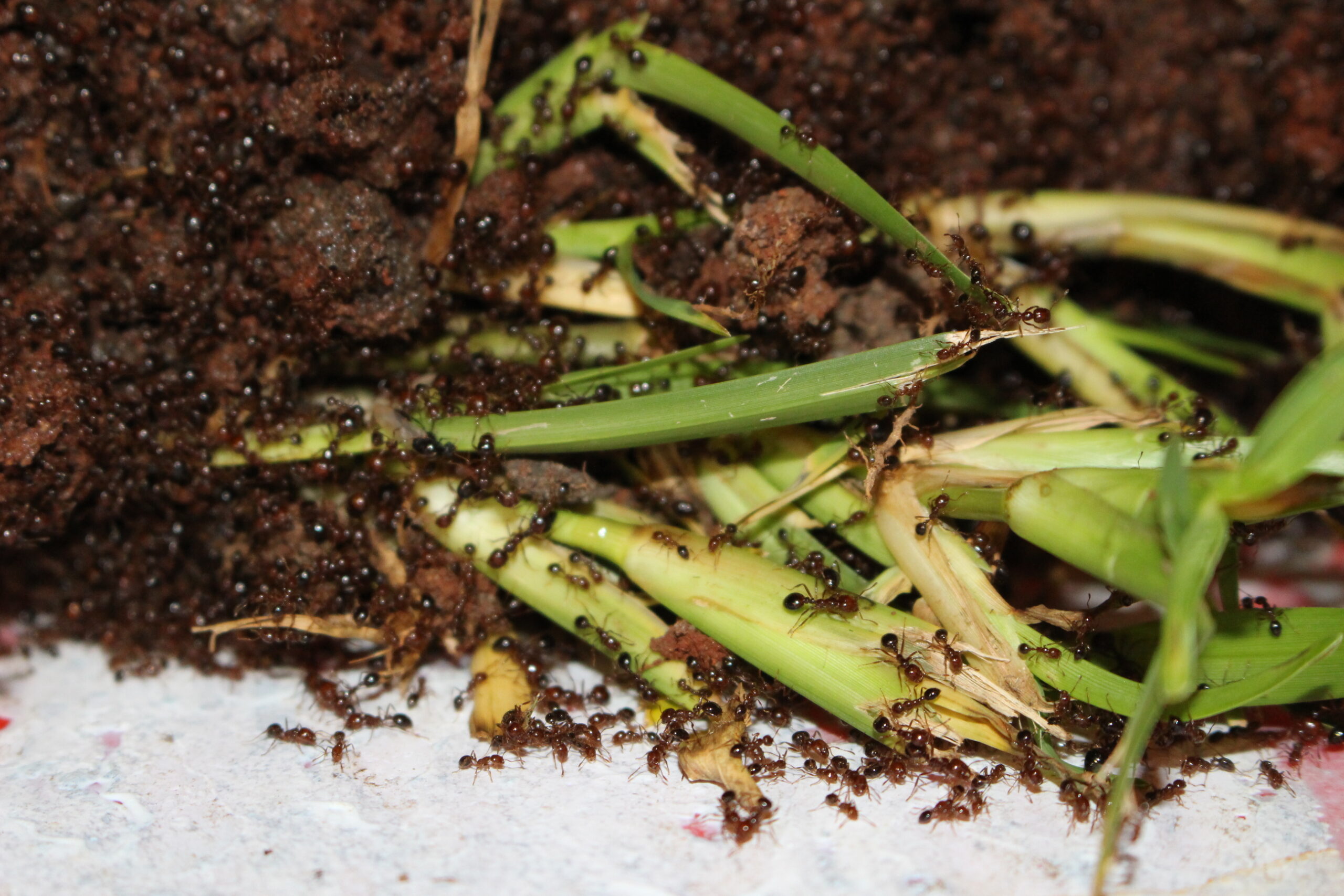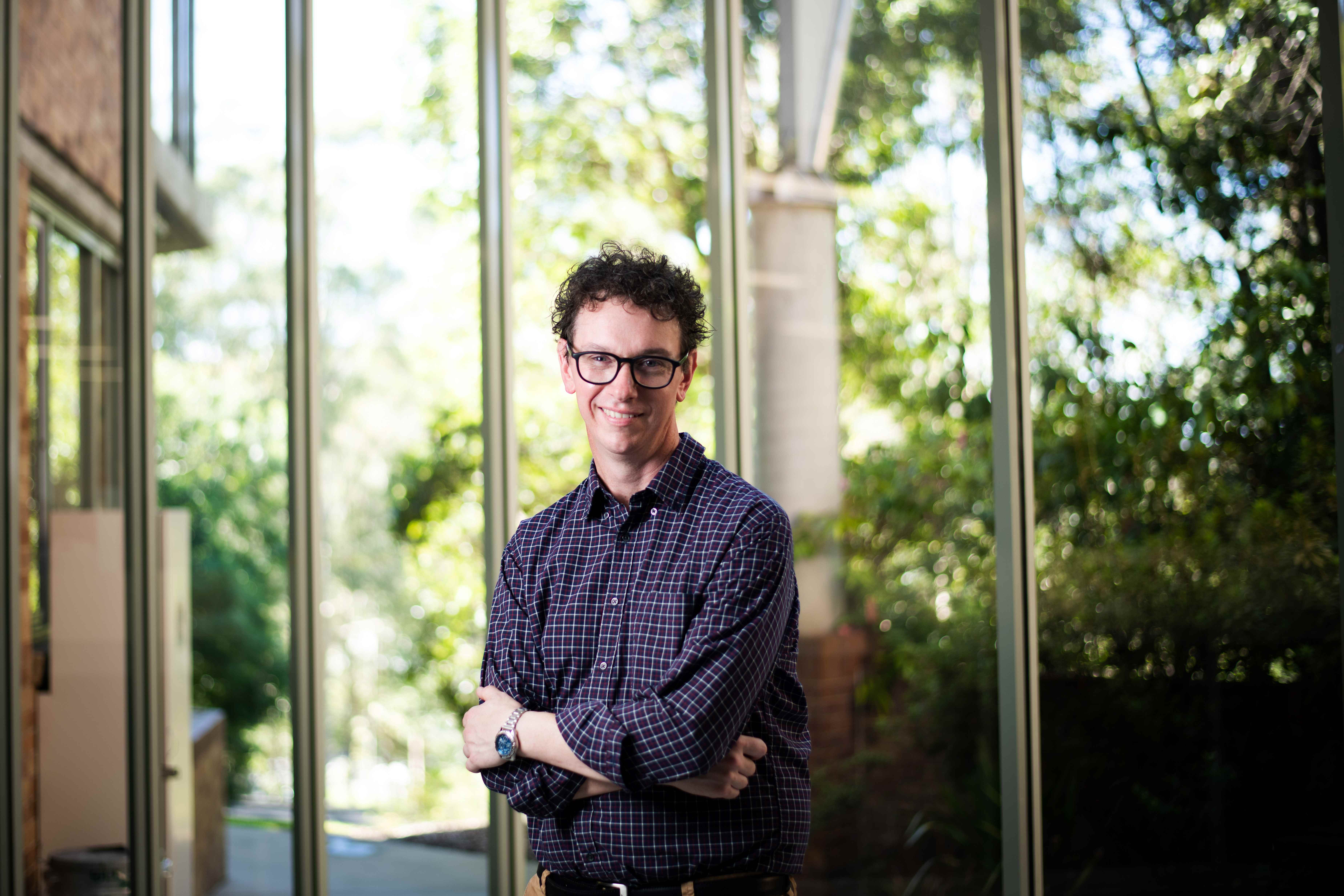Researchers have warned that Australia’s way of life is under real threat from dangerous fire ants that have crossed the Queensland border and are invading south.
Southern Cross University Entomologist and Chair of Science Professor Nigel Andrew said fire ants were unlike any invasive species previously encountered in Australia.
“We can’t compare this to cane toads, varroa mite or rabbits,” he said.
“This is a species that needs to be removed from Australia or else we will have major problems across all aspects of our lifestyles and environment – including horticultural and agricultural industries.”
In a submission to the current Senate Standing Committees on Rural and Regional Affairs and Transport inquiry into fire ants, Professor Andrew described the insects as “extremely aggressive”.
“Most Australians have been bitten or stung by Australian ants and generally find it a nuisance,” he said.
“A single fire ant would also cause the same reaction. But fire ants behave differently. Fire ants aggressively come out in their tens, hundreds or thousands when disturbed. They sting in unison, causing severe pain, burning and itching immediately after being stung.
“Over the next 24 hours post-stinging, skin pustules can develop, causing permanent scarring. Those who are hypersensitive may also have an allergic reaction – similar to wasps and bee stings.”
Fire ants are native to South America and were first observed in Brisbane in 2001, most likely after “hitching a ride” on a ship that docked in the city.
The 2-6 mm insects move in mulch and on vehicles and sometimes float down waterways. Queens typically fly up to 2km before building a new nest. But some queens can move up to 30km when they fly and have favourable winds.
Fire ants have been known to build mounds in backyards, playgrounds, sporting fields, picnic grounds, camping grounds, and schools – posing a significant threat to day-to-day activities and the Australian way of life.
While the Department of Primary Industries and the National Fire Ant Eradication Program in Australia have extensive programs to contain the threat in south-east Queensland, in early 2024 the ants were found in Ballina on the NSW North Coast, 90km south of the border.
“We’re finding individual pockets of fire ants down in NSW,” Professor Andrew said. “They’re the ants we’re finding. The scary thing are the new nests we don’t know about, and we don’t have the money necessarily to find those until they’re well established.”
Professor Andrew said he believed funding would have to be doubled to eradicate fire ants from south-east Queensland. Current efforts were merely a “control and contain” model.
Professor Andrew has backed calls for the establishment of a fire ant cooperative research centre (CRC) to better understand the pest in the Australian context and help eliminate it.
“The biggest issue for me is ignorance and apathy,” Professor Andrew said.
“If we’re looking at a 10-to-15-year method to eradicate fire ants, then you’d also want to have the research levels and funding to complement it.
“Most of what we know about the fire ant is based on overseas experience. What we’re finding is that (the ant is) behaving differently (in Australia). They’re actually really successful.
“Their biology is weird. They’re developing and doing things that we wouldn’t normally expect them to do.”









